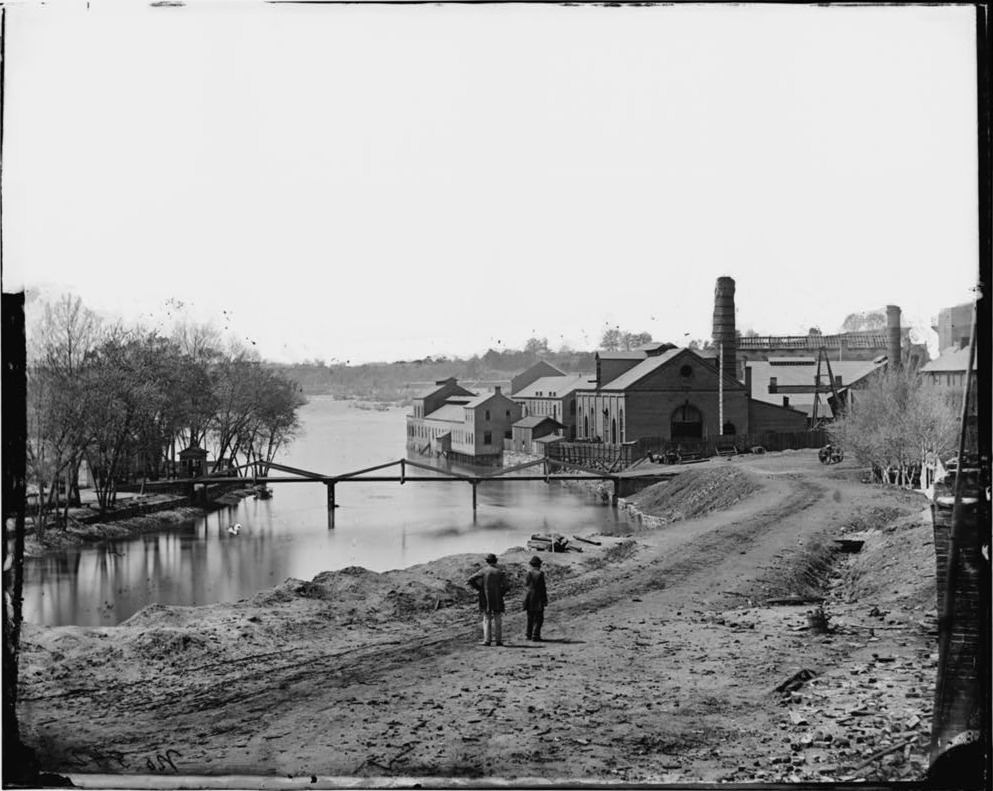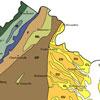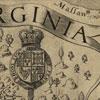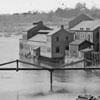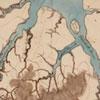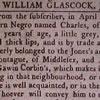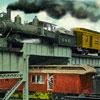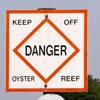Founded in 1836, the Tredegar Iron Works in Richmond, pictured below in a photo taken by Alexander Gardener during the Civil War, drew all of its power from the James River. Tredegar is located in Richmond, on the Fall Line – a place that marks by the point where Virginia’s east-flowing rivers encounter the comparatively soft geologic foundation of the Coastal Plain and carve out rapids and waterfalls. As you examine this photo, consider the ways in which geography and the environment have shaped the settlement and development of Virginia.
As a barrier to travel, it is perhaps easiest to think of the Fall Line from the perspective of the river. For much of Virginia’s history, rivers were the main arteries of travel, transportation, and trade. If one were sailing up the James River from Virginia’s coast with a boat loaded down with trade goods, the waterfalls of the Fall Line would form a functionally impassable barrier. As a result, these natural junctions became the logical place to establish towns to facilitate the transfer of goods such as agricultural products from inland farms to boats that could transport them to the Atlantic and international markets. Cities such as Fredericksburg and Richmond developed as natural intersections of trade and travel.
Another reason towns formed along the Fall Line rivers was to harness the power of the falls. Industries such as mills that depended on waterpower grew around the valuable rapids. Perhaps Virginia’s most famous industrial company, the Tredegar Iron Works made Virginia the Confederacy’s largest ironworks and became almost the sole supplier of munitions, railroad equipment, plates for iron-clad ships, and other similar products for the Army of the Confederacy. After the Civil War, though damaged by fire, the ironworks transitioned back to peace-time production and contracted with the Chesapeake and Ohio railroad to make rails and bridgework. The ironworks continued operation into the 20th century, though it was hurt by the shift to steel production, and produced munitions for the Spanish American War and both World Wars.
Source: Alexander Gardner, “Richmond, Va. View of the Tredegar Iron Works, with Footbridge to Neilson’s Island,” still image, Library of Congress, Prints and Photographs Division, 1865, accessed September 17, 2011.


